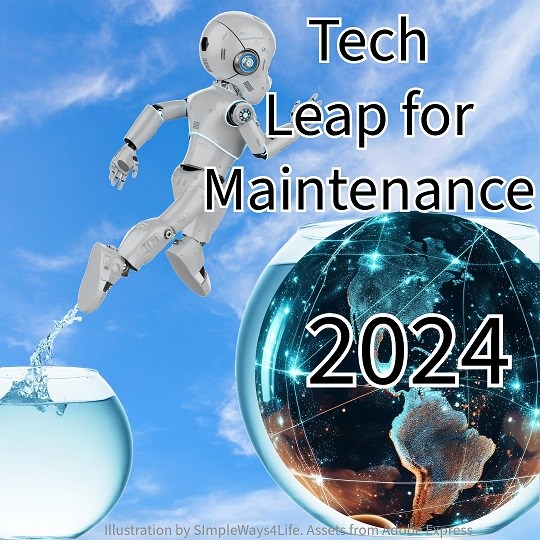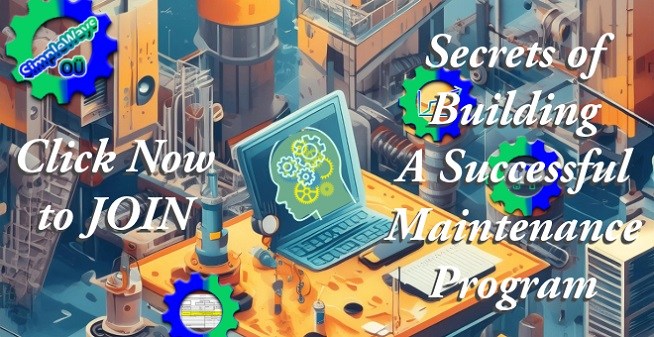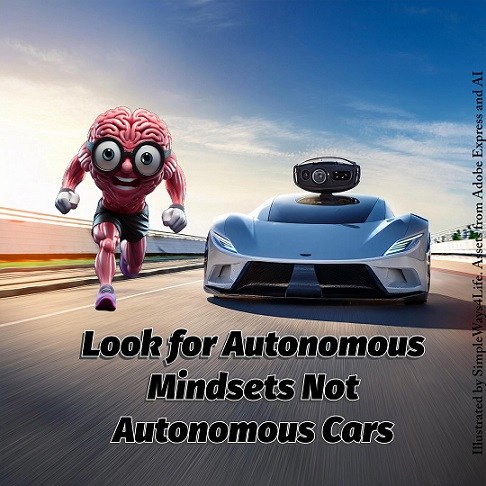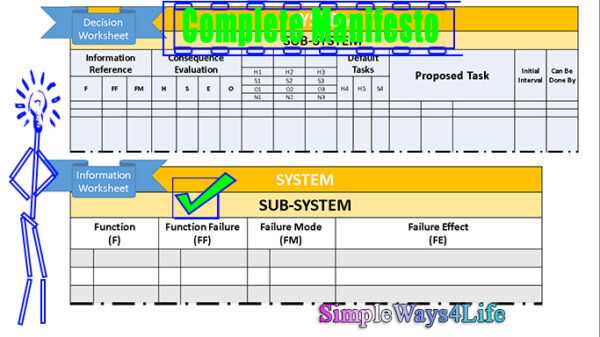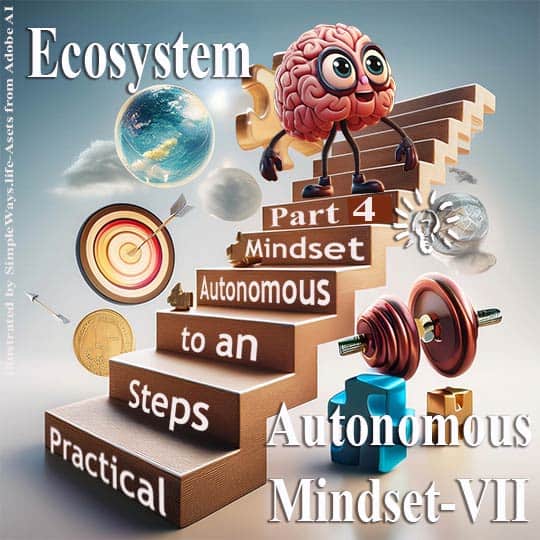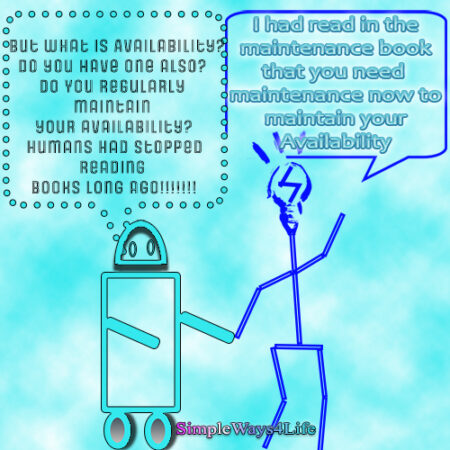To align reliability and maintenance practices with the tech approaches of 2024, we need to understand emerging technologies and innovative methodologies. Organizations enhance their reliability engineering through guiding them to meet the demands of the digital era. They can start by understanding what is available in the technological landscape in this era. Then, they will guide their teams to the available resources. That’s our today roadmap to embrace tech in 2024.
Understanding 2024 Tech Landscape:

CUSTOMPRICE-TO2JAN26
Emerging Technologies:
To stay abreast of emerging technologies, start by understanding how these technologies are transforming industries and impacting reliability practices. Some of the examples of these technologies that are already in use are Artificial Intelligence (AI), Machine Learning (ML), Internet of Things (IoT), and advanced analytics.
Research how technology is being adopted in your specific industry. Search how industry leaders identified the areas where technology integration can enhance reliability. Some of these usage are:
Predictive Maintenance Solutions:
- AI-driven predictive maintenance solutions leverage data analytics to forecast equipment failures. This enables proactive maintenance, reducing downtime and extending asset lifecycles. This happens after programming your AI agent to what a failure is. Then you give it some data sets to analyze them and infer new equations leading to this failure. Lastly, you test your AI agent if it is ready to rely on it for decisions and recommendations.
- You can read more about the AI agent here: The Future of Maintenance – Part 5.4, Can the AI Agent make its own rules?
- IoT sensors for real-time monitoring of equipment conditions provide continuous data streams, enabling the identification of potential issues before they escalate.
AI-Powered Failure Prediction:
- AI algorithms analyze historical data and predict potential failures. AI can identify patterns that may go unnoticed with traditional reliability methods.
- Machine Learning can aid in root cause analysis by identifying complex relationships within data sets. This facilitates a deeper understanding of the factors contributing to failures.

CUSTOMPRICE-TO2JAN26

CUSTOMPRICE-TO2JAN26
Digital Twins for Asset Management:
What is “Digital Twins”? Digital twins create virtual replicas of physical assets, allowing real-time monitoring and analysis of asset performance, aiding in reliability assessments.
The use it for Simulation Models: Simulated reliability testing, also known as simulation-based reliability testing, involves using computer simulations or mathematical models to assess the reliability and performance of a product or system under various conditions. This approach allows engineers and developers to predict how a system will behave in different scenarios without physically implementing the physical modification. Creating simulation models within digital twins for reliability testing enables organizations to assess how changes or upgrades may impact reliability before implementation.
Data-centric mindset
Implement measures to ensure the integrity of maintenance and reliability data. This includes secure data storage, encryption, and regular audits to detect and address potential data integrity issues.
Data Integrity: In maintenance, data integrity refers to the accuracy, consistency, and reliability of the information stored and managed within the maintenance system. It is a critical aspect of ensuring that the data used for decision-making, analysis, and maintenance activities is trustworthy and free from errors or corruption. Data integrity plays a crucial role in maintaining the effectiveness of maintenance processes, supporting asset reliability, and facilitating informed decision-making.
Processing Large Data Sets: Given the volume of data generated by modern systems, invest in big data analytics to process and extract meaningful insights. Big data tools can uncover hidden patterns and correlations.
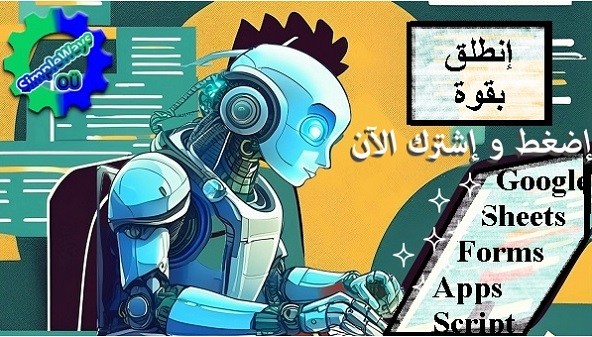
CUSTOMPRICE-TO2JAN26
Promote Data-Driven Decision-making: Foster a culture of data-driven decision-making. Encourage maintenance and reliability engineers to base their decisions on insights derived from data analytics, leading to more informed and effective strategies. However, never turn down their intuition-based opinions. You can understand why from this chat: Is Common Sense good in maintenance? -Part II
Integrate Cybersecurity Protocols: As technology advances, the importance of cybersecurity in reliability cannot be overstated. Develop and integrate robust cybersecurity protocols to protect interconnected systems from cyber threats.
Training for Tech Integration:
Prioritize User Experience: When adopting new technologies, prioritize user experience. Ensure that reliability tools are designed with a human-centric approach, making them user-friendly and accessible for maintenance teams.
Provide Comprehensive Training: Equip maintenance teams with the skills needed to operate and interpret data from advanced reliability technologies. Continuous training ensures teams can harness the full potential of these tools. Usually start by assessing the as-is state to select training courses matching the real needs of the team. In other words, if some of the team members do not have robust understanding of the maintenance process you can start from there through our English and Arabic trainings: Secrets of Maintenance Program and أسرار بناء برنامج ناجح للصيانة

CUSTOMPRICE-TO2JAN26
What comes after understanding the tech landscape available in 2024?
In the dynamic technological landscape of 2024, elevating reliability practices requires a mindful understanding of emerging technologies. Then, we start a strategic embrace of those technologies. By integrating predictive analytics, AI, machine learning, digital twins, cybersecurity measures, and big data analytics, organizations can fortify their reliability engineering. A human-centric approach, coupled with comprehensive training, ensures that teams are well-equipped to navigate and leverage these technologies effectively. As industries evolve, so must reliability practices, and this comprehensive approach sets the stage for a future-ready reliability framework.
The accessibility and cost-effectiveness of new technologies vary widely depending on the specific technology, industry, and geographic location. Here’s an overview of the general trends regarding the ease of access and affordability of new technologies:
1. Open Source Software:
- Free and Accessible: Many open source software solutions are freely available to the public. This includes operating systems like Linux, web servers like Apache, and tools like LibreOffice. Open source communities often prioritize accessibility and collaboration.
2. Cloud Computing:
- Affordable Scaling: Cloud computing services, such as Amazon Web Services (AWS), Microsoft Azure, and Google Cloud, offer scalable solutions. While they may not be entirely free, they provide a “pay-as-you-go” model, making advanced technologies accessible to businesses of various sizes.
3. Artificial Intelligence and Machine Learning:
- Accessible Frameworks: Frameworks like TensorFlow and PyTorch for AI and machine learning are open source and freely available. However, the implementation and training of complex models may require computational resources, which can be a cost factor.

CUSTOMPRICE-TO2JAN26

CUSTOMPRICE-TO2JAN26
4. Internet of Things (IoT):
- Evolving Affordability: IoT devices have become more affordable with a wide range of sensors available. However, the cost of implementing a comprehensive IoT system, including connectivity and data processing, can vary based on the scale and complexity of the deployment.
5. 3D Printing:
- Affordable Entry Points: 3D printing technology has become more affordable for entry-level users. Basic 3D printers are available at relatively low costs, making this technology accessible for personal or small-scale use. Moreover you can reach 3D printing of metallic parts and spares. You can read more about this here: Can 3D Printing Use Metal? (Everything You Need To Know) – TWI
6. Augmented Reality (AR) and Virtual Reality (VR):
- Growing Accessibility: AR and VR technologies have become more accessible with the development of consumer-grade devices. While high-end solutions may still be relatively expensive, there are more affordable options for entertainment, education, and training purposes. However some companies had made it a reality as you can read in this article: The future of maintenance – Part 6 – Augmented reality in Maintenance

CUSTOMPRICE-TO2JAN26
7. Robotics:
- Varied Accessibility: Basic robotics kits for educational purposes are relatively affordable, making them accessible for learning and experimentation. However, advanced industrial robotics systems are often supplied as parts of bigger equipment as laboratory testing equipment. You can find them also integrated in production lines.
- But what are Robots?: A robot is an autonomous machine capable of sensing its environment, carrying out computations to make decisions, and performing actions in the real world. You can find them extensively in hazardous or risky environment and, high speed packaging or assembly lines
Conclusion:
While many new technologies have become more accessible and affordable, the degree of ease and cost-effectiveness varies. Open source solutions, cloud computing, and certain emerging technologies offer opportunities for businesses and individuals to explore and adopt new tools. However, factors such as infrastructure, scalability, and customization requirements can impact the overall accessibility and affordability of these technologies. Additionally, ongoing advancements and market competition contribute to the evolving landscape of technology accessibility.
If you feel you need help with any of these ideas we discussed, request a Management Consultancy or Coaching Services From our Store

